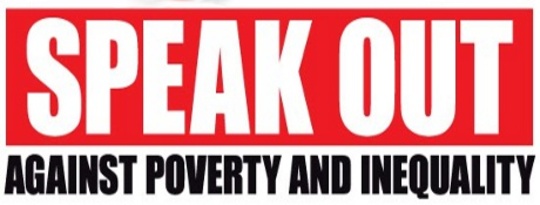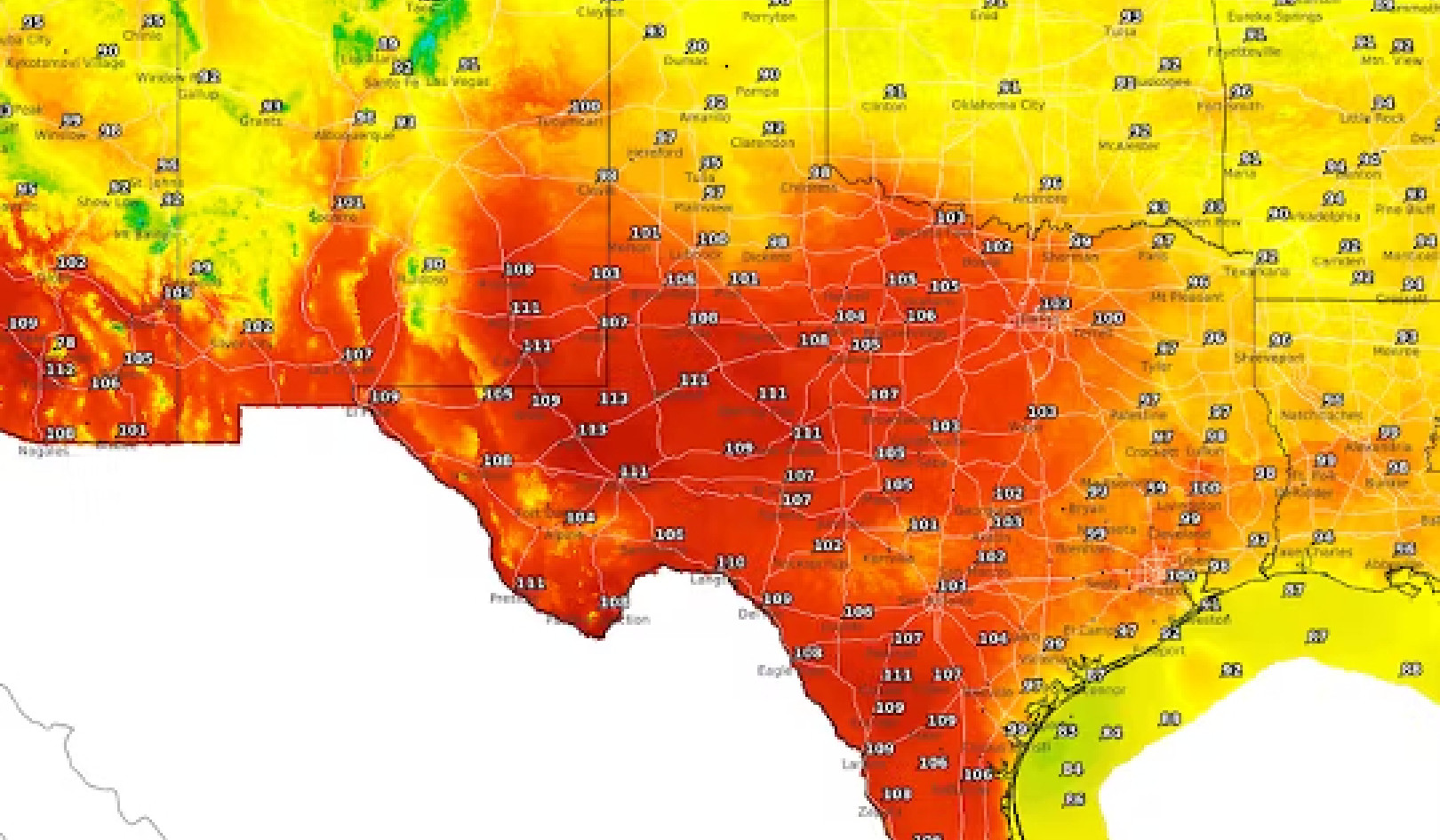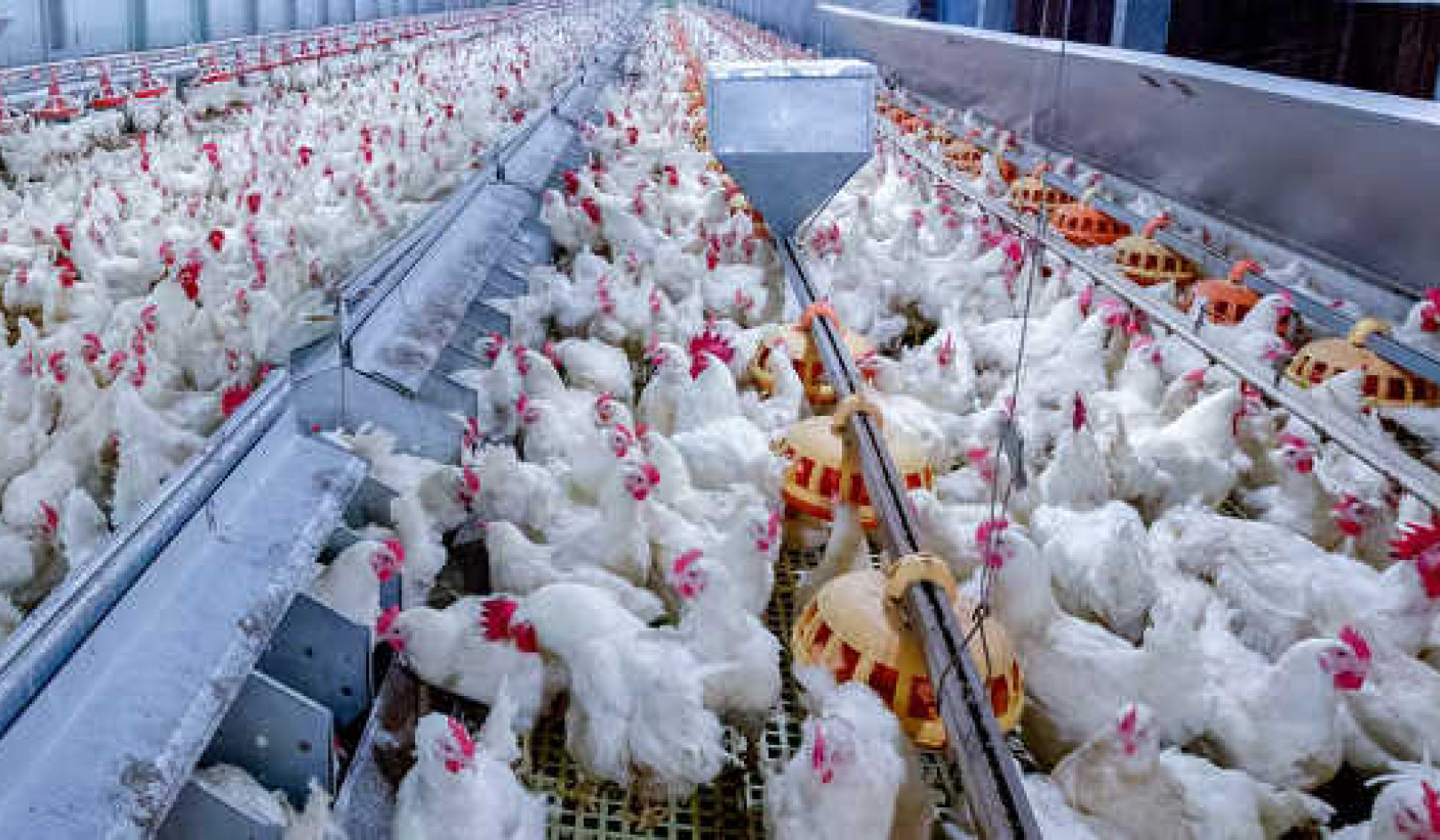
A meal program at a social housing project run by the Portland Hotel Society in Vancouver found that feeding residents one good meal a day reduced 911 emergency calls by half. With three meals a day, 911 calls stopped. A network of doctors, nurse practitioners, dieticians and midwives in Toronto (Health Care Providers Against Poverty) uses provincial government "Special Diet Allowances" under social assistance regulations to arrange funding to overcome hunger.
There's a wealth of data to suggest that this is money well-spent. Healthy eating prevents chronic diseases among people of all ages, from pre-school children to older adults. Just as spending on social housing for homeless people has been widely proven to be more cost-effective than leaving people on the streets, so too is spending on food being proven as a way to save costs.
Maybe this will one day translate into fresh, healthy food being a priority in hospitals. No doctor running a hospital would dream of having patients take low-quality pills, but the same hospital is willing to serve a brown steaming mush for dinner, ignoring patients' basic food needs.
Money Isn't Everything
It's not just poverty that prevents people from eating adequately. San Francisco Food Systems identified other barriers to food security for low-income people: difficulties in getting transportation to grocery stores, lack of conveniently located quality food stores and farmers markets, and neighborhood crime. The New York City Food Bank estimates that more than 3 million New Yorkers in low-income neighborhoods lack access to affordable, nutritious food. Elderly and disabled people are further hindered by not being mobile enough to get adequate food when it isn't available near them.
Public health officials are now starting to see food security as part of the solution to cutting costs for treating diseases. "We want the food needs of residents to be planned for in all social housing” says Claire Gram, regional coordinator for Vancouver Coastal Housing. That could mean connecting tenants to neighborhood food programs or enabling them to cook or just heat up food in their rooms.
Zero Hunger Strategy: Lessons from Brazil
The city of Belo Horizonte in Brazil —"the city that beat hunger" — is a place where all this knowledge about the importance of food has been turned into action. A state capital of 2.4 million in a metropolitan area of 5.4 million in southeastern Brazil, it stands out as the one city in the world that has made eliminating hunger a priority. The country has a Zero Hunger strategy, food grants to families, a school meals program and a federal food procurement program.
Belo Horizonte's policy of food security as a right of citizenship, guaranteed by law, has resulted in food programs that reach 800,000 out of its 2.5 million citizens. The most obvious measure of success is a 60% decrease in child mortality in the decade after this policy was introduced in 1993. The number of children under five hospitalized for malnutrition went down by 75%, largely as a result of providing a nutrient-rich flour made of locally produced ingredients to mothers of young children (ruaf. org). In 1995, one of the most visible campaigners for this initiative, activist Herbert de Souza ("Betinho") was voted the most admired Brazilian in a national survey (ahead of Fele, the soccer player).
Food Security Is A Public Good
 The Belo Horizonte municipal government starts with the premise that food security is a public good, and that the government is accountable to people who can't afford to buy food in the market. As in northern countries, the city manages federally funded meals in elementary schools and childcare centers. Belo Horizonte's food banks only supply charitable organizations and social agencies that prepare communal meals, not meals for individuals.
The Belo Horizonte municipal government starts with the premise that food security is a public good, and that the government is accountable to people who can't afford to buy food in the market. As in northern countries, the city manages federally funded meals in elementary schools and childcare centers. Belo Horizonte's food banks only supply charitable organizations and social agencies that prepare communal meals, not meals for individuals.
Four "popular restaurants" in different areas of the city serve 20,000 subsidized meals a day to anyone who shows up for the simple, frugal lunches and dinners during the work week.
A distinguishing feature of Belo Horizonte is the finessed mix of public regulation and private business. Workers' Convoy vans are required to serve low-income neighborhoods on weekends in return for being allowed to set up in profitable central locations on weekdays.
A bus selling a subsidized monthly basket of 22 basic household products, including food, to registered low-income families visits low-income neighborhoods weekly or bi-weekly. Compared to a food bank or shelter handout, these boxes come with guaranteed high-quality contents, and they give the recipient the dignity and responsibility of purchasing them — a step up on the spectrum of choice.
A Basic Building Block of a Healthy Society
In the United States, there's enough food available to load up eight dinner plates with food every day for every person, yet 13% of US citizens have to deal with some kind of food insecurity.
Hungry people don't suffer alone. Their ill health and hospital visits add costs for everyone. When hunger is combined with homelessness, mental illness or addiction, the added costs of police, hospitals, courts, jails and damage to social housing are far greater than they would be if good food were provided to everyone in dire need. Well-fed people don't fight as much as hungry people. They also heal faster and use fewer harmful illegal drugs.
Cities that have really made headway in getting fresh food to hungry people are those that have embraced integrated policies that align charitable organizations, government interventions, and commercial food suppliers. They work simultaneously on handing out emergency food, building individual and community capacity for self-sufficiency, and changing whole systems of food distribution. They integrate emergency food with cooking, gardening and community engagement by moving upstream from take-what-you-get handouts to allowing people more choice, selling them subsidized Good Food Boxes, teaching them how to cook well at a minimal expense, and getting them involved in growing — or even gleaning — their own food. They also work at removing non-monetary barriers to food security: making sure public transportation connects low-income neighborhoods with grocery stores, bringing food vans to low-income neighborhoods, and ensuring social housing rooms have at least a fridge and microwave oven.
Universal access to enough quality food has to be seen as a basic building block of a healthy society.
Excerpt reprinted with permission of the publisher,
New Society Publishers. http://newsociety.com.
©2011 Peter Ladner. All Rights Reserved.
This article was adapted with permission from the book:
The Urban Food Revolution: Changing the Way We Feed Cities
by Peter Ladner.
 The Urban Food Revolution provides a recipe for community food security based on leading innovations across North America. Producing food locally makes people healthier, alleviates poverty, creates jobs, and makes cities safer and more beautiful. The Urban Food Revolution is an essential resource for anyone who has lost confidence in the global industrial food system and wants practical advice on how to join the local food revolution.
The Urban Food Revolution provides a recipe for community food security based on leading innovations across North America. Producing food locally makes people healthier, alleviates poverty, creates jobs, and makes cities safer and more beautiful. The Urban Food Revolution is an essential resource for anyone who has lost confidence in the global industrial food system and wants practical advice on how to join the local food revolution.
Click here for more info and/or to order this book on Amazon.
About the Author

Peter Ladner is a Fellow at the Simon Fraser University Centre for Dialogue focusing on Planning Cities as if Food Matters. He was first elected to Vancouver City Council in 2002 and re-elected in 2005. In 2005 he was elected Vice Chair of the Metro Vancouver Board. In 2008 he ran for Mayor of Vancouver. Peter is a columnist in the Business in Vancouver Media Group, where he co-founded the award-winning Business in Vancouver weekly newspaper in 1989. He has more than 35 years of journalistic experience in print, radio and television and is a frequent speaker on food, business and community issues. Visit his website at www.peterladner.ca/

























